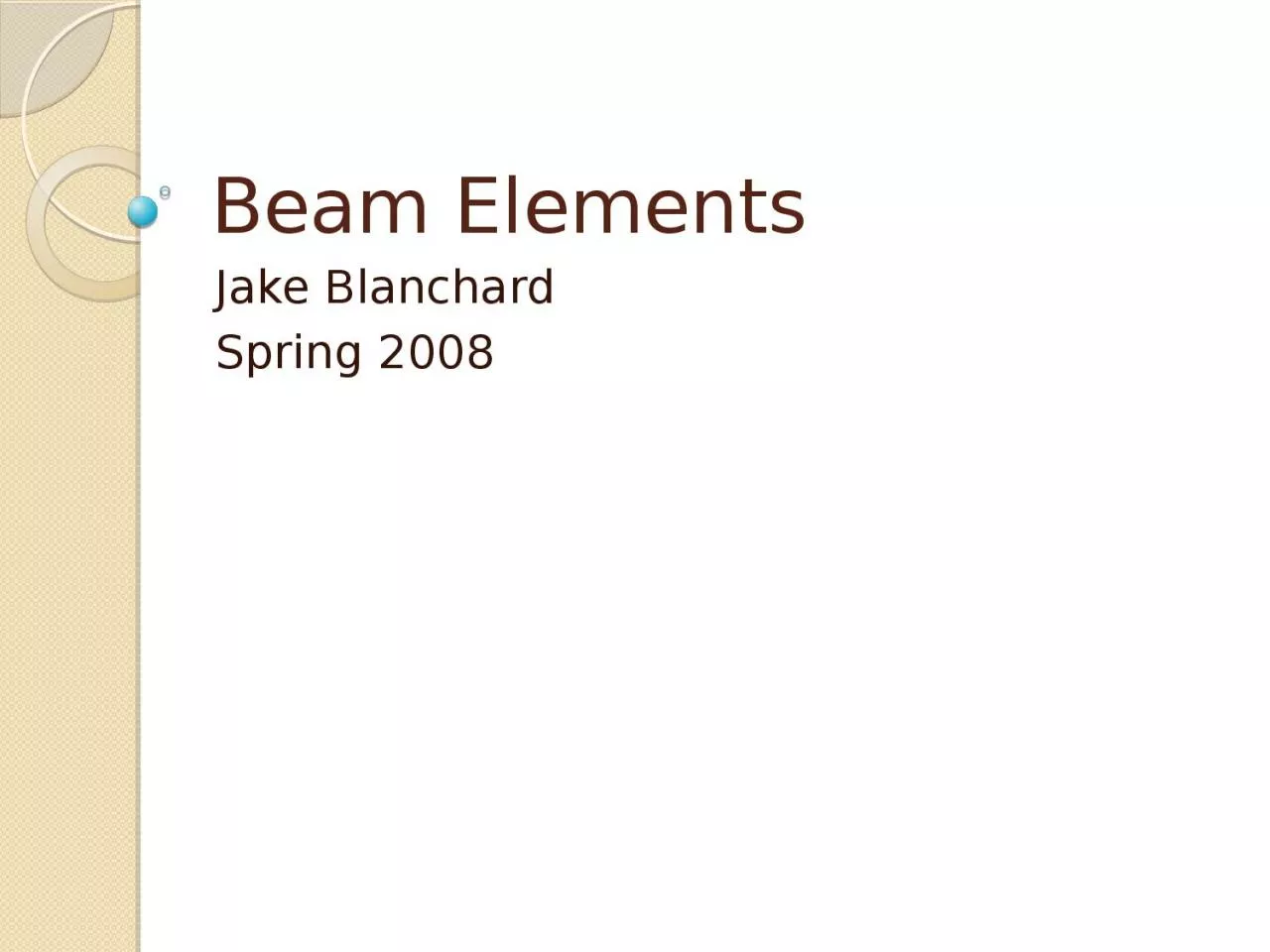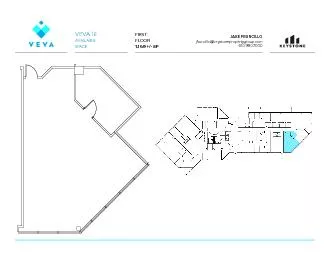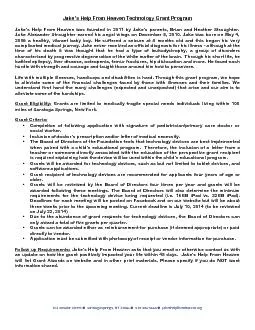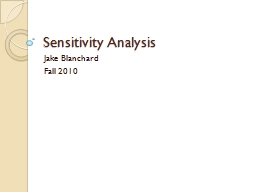PPT-Beam Elements Jake Blanchard
Author : della | Published Date : 2023-09-21
Spring 2008 Beam Elements These are Line Elements with 2 nodes 6 DOF per node 3 translations and 3 rotations Bending modes are included along with torsion tension
Presentation Embed Code
Download Presentation
Download Presentation The PPT/PDF document "Beam Elements Jake Blanchard" is the property of its rightful owner. Permission is granted to download and print the materials on this website for personal, non-commercial use only, and to display it on your personal computer provided you do not modify the materials and that you retain all copyright notices contained in the materials. By downloading content from our website, you accept the terms of this agreement.
Beam Elements Jake Blanchard: Transcript
Download Rules Of Document
"Beam Elements Jake Blanchard"The content belongs to its owner. You may download and print it for personal use, without modification, and keep all copyright notices. By downloading, you agree to these terms.
Related Documents














